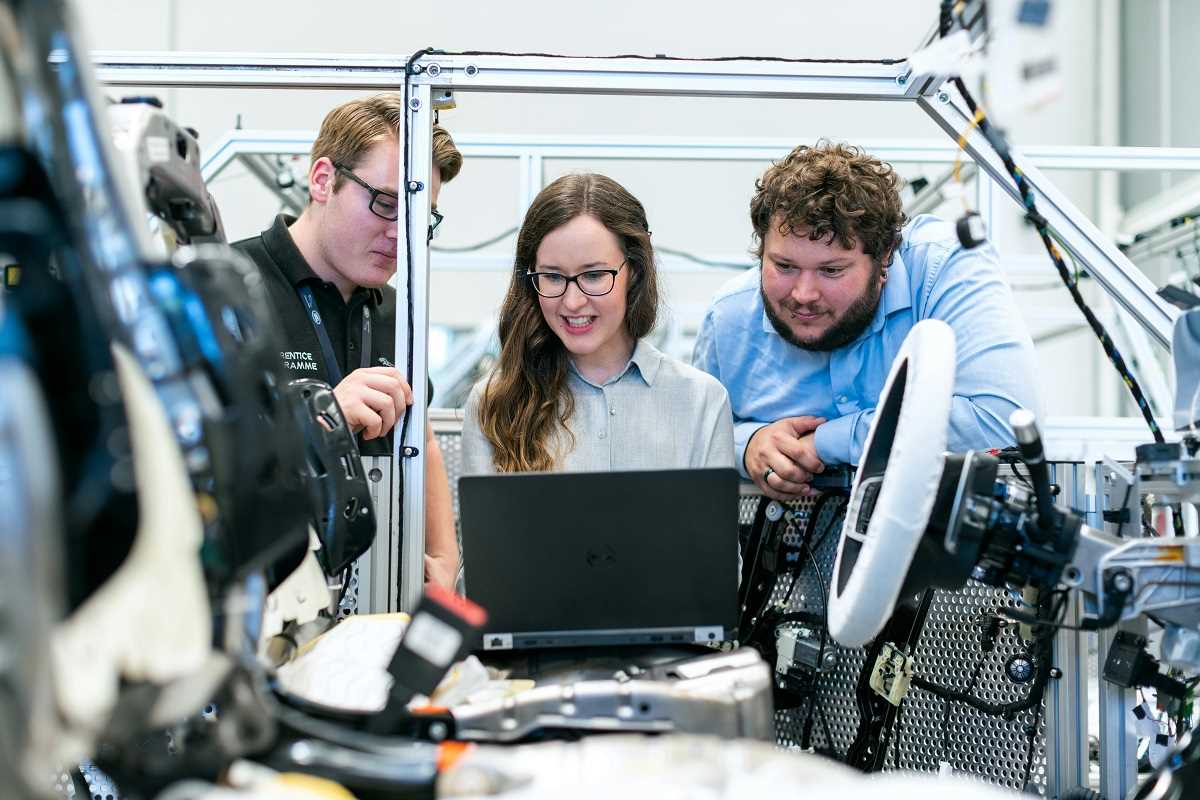Edge computing may sound like a technical buzzword, but its impact is reshaping the way we interact with technology daily. For young professionals, a group deeply immersed in using devices like smartphones, smartwatches, or even smart kitchen appliances, edge computing isn’t just a tech trend. It’s a driving force behind better performance, enhanced experiences, and smarter living.
But what exactly is edge computing? Let's explore its role and how it influences the devices you use daily.
What is Edge Computing?
Traditionally, most tasks performed by devices depended on centralized cloud servers. For example, when you use your phone to search for something via voice command, the device usually sends data to a remote server where it’s processed, analyzed, and sent back. While effective, this method can result in delays (latency) and requires a continuous, strong internet connection.
Edge computing changes this. Instead of relying solely on distant servers to handle tasks, devices process data closer to the “edge” of the network—right where the data is generated. This minimizes latency, speeds things up, and makes devices more responsive. Think of it as moving the brainpower of a server closer to the device in your hands.
Real-Life Example:
When your smartwatch tracks your steps or monitors your heartbeat, it often processes this data locally on the device instead of sending everything to the cloud. This keeps health insights fast and secure.
The Benefits of Edge Computing for Everyday Devices
1. Faster Performance
Ever get frustrated waiting for your device to load or respond? With edge computing, more tasks can be performed directly on the device or near it. Young professionals who juggle busy schedules demand speed. Whether you’re video conferencing or using voice assistants to manage your tasks, edge computing reduces lag to ensure a smoother experience.
Everyday Impact:
- Gaming on mobile and consoles becomes faster and more responsive.
- Smart home devices like Amazon Echo or Google Nest deliver commands quickly without hiccups.
2. Improved Privacy and Security
Edge computing allows data to stay closer to its source. This means sensitive information (like your payment info or health statistics) doesn’t have to travel to distant servers as often, lowering the risk of breaches.
Everyday Impact:
- Smartphones using face recognition process your biometric data locally, ensuring it’s not uploaded elsewhere.
- Smart security cameras can analyze footage locally before alerting you to potential threats.
3. Reduced Internet Dependence
Constant internet access isn’t always guaranteed, especially if you’re on the move. Devices powered by edge computing can continue to function and process data even without reliable connectivity.
Everyday Impact:
- Headphones with offline voice translation capabilities are great for travel.
- Smartwatches can track workouts without needing to sync to the cloud immediately.
4. Smarter Workplaces
The professional world is increasingly migrating toward hybrid and remote setups. Edge computing helps devices sync seamlessly for collaboration, whether you’re at home or in the office.
Everyday Impact:
- Video conferencing apps like Zoom or Microsoft Teams deliver better video quality with fewer interruptions, thanks to edge-enabled devices and servers.
- Augmented reality (AR) for work presentations or prototyping is smoother and more immersive.
Everyday Devices Powered by Edge Computing
Here are some common devices already tapping into edge computing technology that are improving productivity, convenience, and connectivity for young professionals today:
1. Smartphones
Smartphones like iPhones or Samsung Galaxy devices rely on edge computing for voice assistants, facial recognition, and delivering real-time app performance.
2. Wearables
From Fitbit bands tracking your fitness goals to Apple Watches delivering health reports, edge computing ensures these wearables work efficiently, even without an internet connection.
3. Smart Home Devices
Lights, speakers, and home cameras that adapt to your lifestyle in real-time are often powered by local data processing with edge computing.
4. Automotive Technology
Edge computing is driving modern cars and their features. Navigation systems that adjust routes in real-time or semi-autonomous vehicles are powered by smart on-board processing capabilities.
5. Gaming Consoles
Online gaming relies heavily on minimal lag, and edge computing ensures quicker response times and immersive experiences for players.
Limitations and Challenges
While edge computing holds immense promise, it’s worth noting a few challenges:
- It relies on robust hardware to process data locally, which can raise manufacturing costs.
- Not all businesses have the infrastructure to fully integrate edge technology yet.
Despite these considerations, the growth of edge computing is undeniable, with the global market projected to hit $155 billion by 2030 according to industry reports.
For young professionals, edge computing is about technology adapting to modern-day demands. Whether it’s making devices more reliable during your morning commute or powering the tech efficiencies behind your remote workspace, edge computing is quietly enhancing how we live and work.







.jpg)